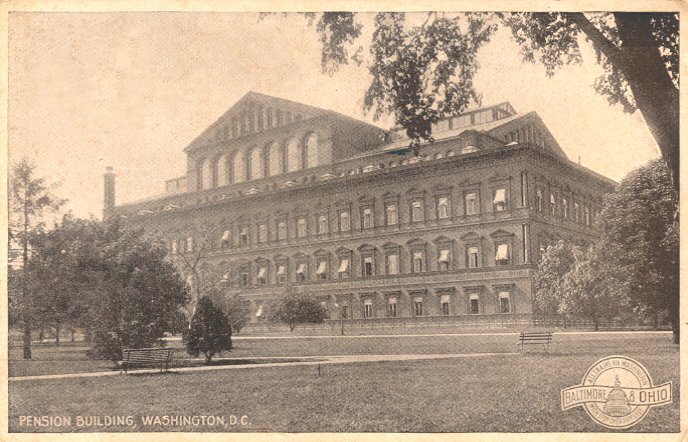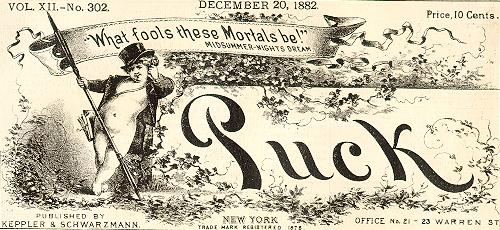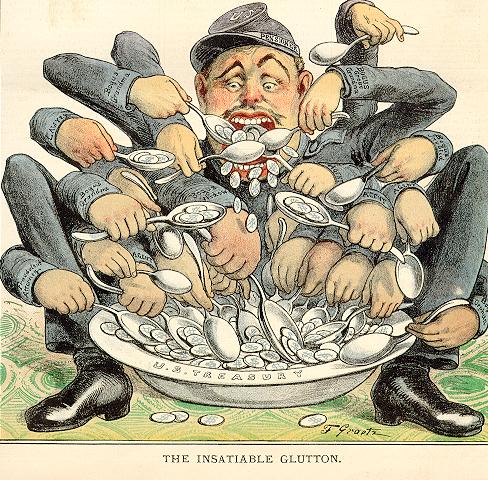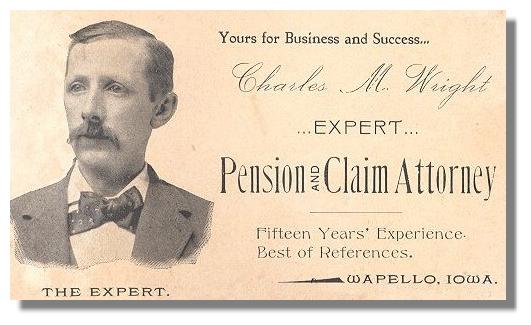Civil War Pensions
Such a large federal expenditure could not help
but engender some criticism. The process of awarding pensions, which was
administered locally, was amenable to political patronage and other forms
of corruption. Also, a robust legal specialty sprung up of lawyers who
specialized in helping would-be recipients secure potential pensions.
Over time, these developments led to skepticism about the program and
to concerns that it was rife with fraud, waste and abuse. Whether these
concerns were valid, is hard to say. The recognized authority on this
period, Professor Theda Skocpol, has studied the question and has concluded:
"After poring over Annual Reports of Commissioners of Pensions
to find any possible systematic statistics, I have reluctantly concluded
that nothing exact can be said about the proportions of illegitimate pensioners
or expenditures. We can only speculate that some (undetermined) thousands,
or conceivably tens of thousands, of the nearly one million pensioners
in 1910 were bogus. Perhaps aided by dishonest pension attorneys, these
men and women had exploited the loose and locally rooted application system
to obtain fraudulent pensions or--in most cases, I suspect--overly generous
benefits." (From, "Protecting Soldiers and Mothers,"
by Theda Skocpol, Harvard University Press, 1992. pg. 145.)
In any case, the 1882 cartoon reproduced below, from the renowned 19th
century satirical magazine, "Puck," expressed the distrust of
the Civil War pension program.
| |
|
|
| Cover cartoon from Puck magazine, 1882. SSA History Archives. |
|
|
| The business card of one of the many attorneys specializing in pension
claims, circa 1895. SSA History Archives. |
 |
| This old postcard shows the Pension Building in Washington out of which the Veterans' Pension program operated. SSA History Archives. |


